This website uses cookies to ensure you get the best experience
OK
Healthier sweeteners
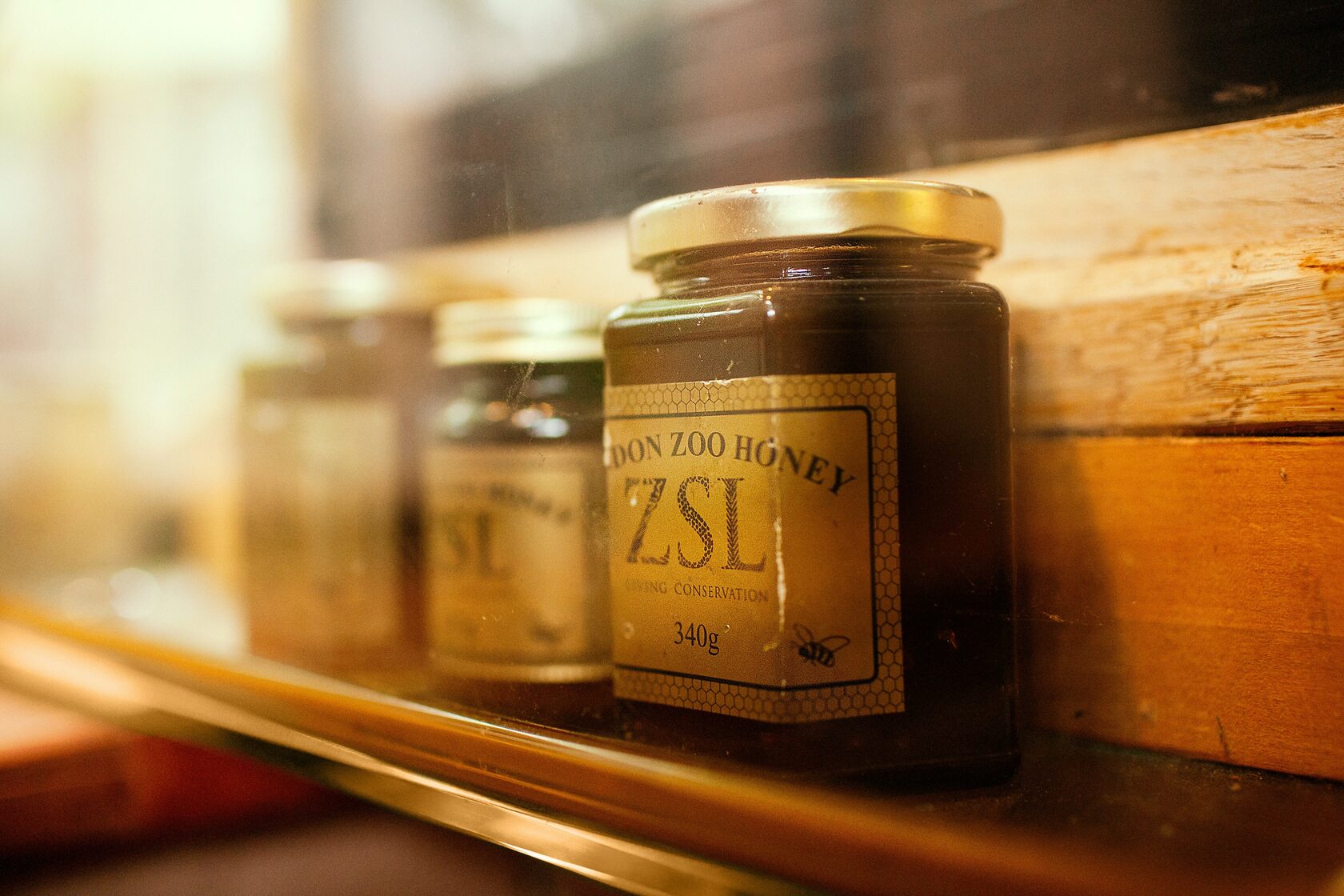
Here is a list of my top 5 favorite sweeteners:
"Sugar is not fashionable anymore" said Oscar Wilde back in the late 19th century and in 2018 I put this quotation up on my refrigerator to remind myself of my new habits.
Does this mean that I stopped eating sweets and sugary things altogether? Since you are reading this blog on the Healthy Dessert Lab website, you know it to be untrue because I love sweets.
Instead I just started making different choices and switched refined sugar for a healthier alternative. Before I go further, I would like to bring to your attention to be careful with healthy desserts as in many such desserts portray a marketing strategy, which sometimes sound like "healthy sweeteners" are nothing like sugar and you can basically eat as much at you want and still stay super healthy and never gain weight. I am sorry to disappoint you, but this is simply not true. Sugar is still sugar no matter how you sugarcoat it, weather it is coming from dates or from white refined sugar. So please, eat mindfully and with moderation no matter how healthy the sweet treat is.
However there is a difference between refined and non-refined sugars. White sugar falls under the category of refined sugars and is pretty much is free of any nutrients - in other words it is just empty calories. While if we take natural and less refined or non-refined sweeteners - we can find plenty of other macronutrients, vitamins and trace minerals.
Does this mean that I stopped eating sweets and sugary things altogether? Since you are reading this blog on the Healthy Dessert Lab website, you know it to be untrue because I love sweets.
Instead I just started making different choices and switched refined sugar for a healthier alternative. Before I go further, I would like to bring to your attention to be careful with healthy desserts as in many such desserts portray a marketing strategy, which sometimes sound like "healthy sweeteners" are nothing like sugar and you can basically eat as much at you want and still stay super healthy and never gain weight. I am sorry to disappoint you, but this is simply not true. Sugar is still sugar no matter how you sugarcoat it, weather it is coming from dates or from white refined sugar. So please, eat mindfully and with moderation no matter how healthy the sweet treat is.
However there is a difference between refined and non-refined sugars. White sugar falls under the category of refined sugars and is pretty much is free of any nutrients - in other words it is just empty calories. While if we take natural and less refined or non-refined sweeteners - we can find plenty of other macronutrients, vitamins and trace minerals.
These little fellas are loaded with iron, coper, potassium and vitamin B6 and they also contain healthy fats and fiber.
How to use them
They are perfect for all types of crust and energy bites. I bet you have all tasted raw date bites at some point in your life.
But, that's not the only way to use dates. They actually make one hell of a caramel, and all you need to do is to soak them for at least 30 minutes, then blend them until creamy and smooth. For a runnier caramel add some of the water from the soaking and voila you did it! This caramel is perfect in pies, smoothie bowls and mousses.
They are perfect for all types of crust and energy bites. I bet you have all tasted raw date bites at some point in your life.
But, that's not the only way to use dates. They actually make one hell of a caramel, and all you need to do is to soak them for at least 30 minutes, then blend them until creamy and smooth. For a runnier caramel add some of the water from the soaking and voila you did it! This caramel is perfect in pies, smoothie bowls and mousses.
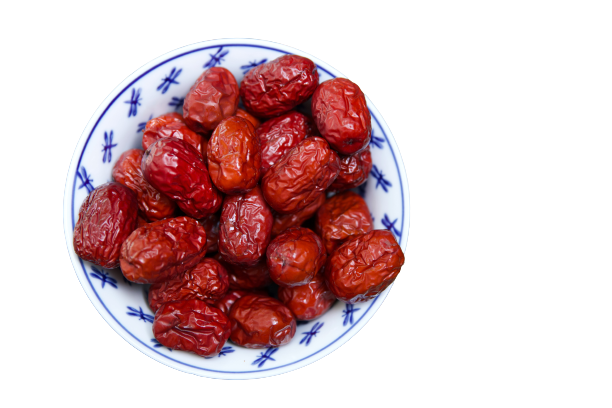
Dates
Now I know honey is not vegan, but as a nutritionist I cannot help mentioning the health benefits of this lovely golden liquid. It is loaded with enzymes, antioxidants, iron, zinc, potassium, calcium, phosphorous, riboflavin, vitamin B6 and niacin. It is good for our gut health, immune system and stress levels.
How to use it
Once again, the main idea here is to never ever cook honey. It should always stay below 37 degrees. So you can put it in your smoothie bowl or eat it as a raw treat. If you love your tea with honey, please make sure to give your tea some time to cool down a little before adding the honey in.
Once again, the main idea here is to never ever cook honey. It should always stay below 37 degrees. So you can put it in your smoothie bowl or eat it as a raw treat. If you love your tea with honey, please make sure to give your tea some time to cool down a little before adding the honey in.
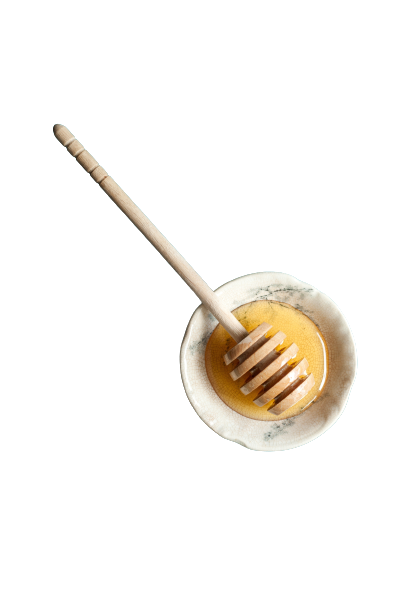
Raw honey
However please be mindful that honey can be tricky. Once warmed up to 37 degrees Celsius or higher, it loses most of its health benefits. That is why when dealing with honey consuming it "raw" - is essential. And to make sure you are getting the best honey that you can get, always try to buy from local producers that you trust and of course preferably organic.
This lovely syrup contains calcium, potassium, manganese and zinc. It is also rich in antioxidants and is associated with heart health and proper immune function.
How to use it
Seriously, maple syrup is my most favorite sweetener of all times! It is in nearly all S-Foodies products and so far has never disappointed me one bit. So, my verdict is: perfect in a raw kitchen and unlike honey, it is heat stable; which means in case you are making something that requires a temperature rise then this is the syrup to use.
Seriously, maple syrup is my most favorite sweetener of all times! It is in nearly all S-Foodies products and so far has never disappointed me one bit. So, my verdict is: perfect in a raw kitchen and unlike honey, it is heat stable; which means in case you are making something that requires a temperature rise then this is the syrup to use.
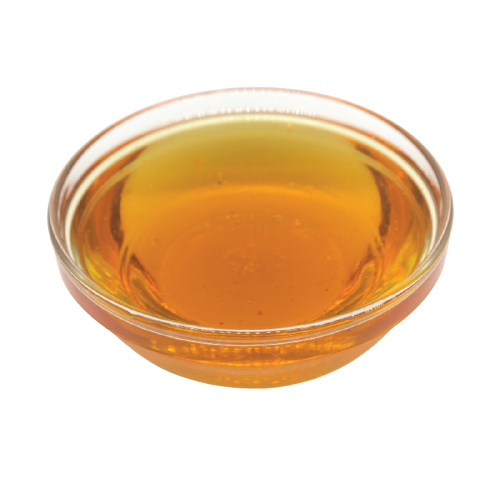
Maple syrup
Another good thing about it is that in order to make it only of 4 steps are taken. First a whole is made in the right tree. Second the juice that comes out of the tree is collected into a bucket. Thirdly the collected juice is cook until all the extra water evaporates. The final forth step is filtering the syrup. Success! I earnestly believe that Mother Nature has created everything we need - therefore, the less processed the better.
This sugar is a source of phosphorus, calcium, potassium, iron and zinc. On top of that, thanks to lower glycemic index, it does not affect our blood sugar level as much as white sugar does. It is also very mildly processed, since the only thermos treatment that it receives is when the sap is extracted from the blossoms of a coconut. Further through evaporation of the sap we get coconut sugar. It is really that simple!
How to use it
It is probably the easiest to use sugar replacement you can find, because it looks exactly like sugar and can be used exactly like one. However please be mindful of the fact that coconut sugar does not contain the same level of glucose therefore some desserts like meringue for example, would not work with coconut sugar.
It is probably the easiest to use sugar replacement you can find, because it looks exactly like sugar and can be used exactly like one. However please be mindful of the fact that coconut sugar does not contain the same level of glucose therefore some desserts like meringue for example, would not work with coconut sugar.
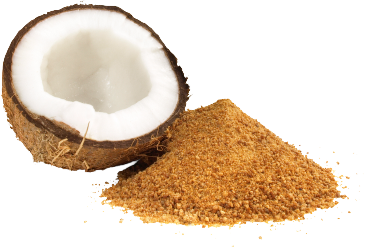
Coconut sugar
Yes, I know, it's a pretty obvious one. However, we sometimes forget what is right in front of us. It is the most natural sweetener as it is not processed at all and is definitely delicious and to top it off they are rich in potassium, fiber, Vitamin B6 and C.
How to use them
Bananas do not work for every recipe, but you can definitely us them to make cheesecakes, buns and cupcakes. They also work well as a sweetener in smoothies, porridge and chia pudding.
Bananas do not work for every recipe, but you can definitely us them to make cheesecakes, buns and cupcakes. They also work well as a sweetener in smoothies, porridge and chia pudding.
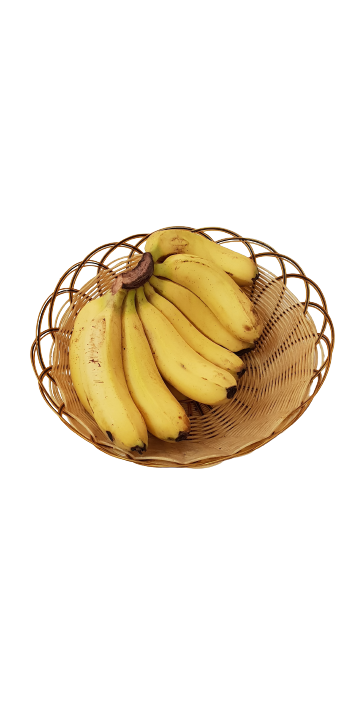
Bananas
This brings me to the end of my list.
I suppose you are wondering where stevia and agave syrup disappeared.
Well, stevia is not here since I don't like the taste and this is my subjective list.
While agave is not here since there is a big question whether it is any better than refined sugar. The thing is that agave is high in fructose and concentrated fructose syrups have been proved to be even more harmful than glucose. While agave does not make our insulin jump as much as table sugar it does instead slowly brings it to being chronically high.
To finish off, I would like you to remember, that whatever sweetener you choose to use – all sugars have to be consumed carefully and in moderation.
I suppose you are wondering where stevia and agave syrup disappeared.
Well, stevia is not here since I don't like the taste and this is my subjective list.
While agave is not here since there is a big question whether it is any better than refined sugar. The thing is that agave is high in fructose and concentrated fructose syrups have been proved to be even more harmful than glucose. While agave does not make our insulin jump as much as table sugar it does instead slowly brings it to being chronically high.
To finish off, I would like you to remember, that whatever sweetener you choose to use – all sugars have to be consumed carefully and in moderation.
Not on the list